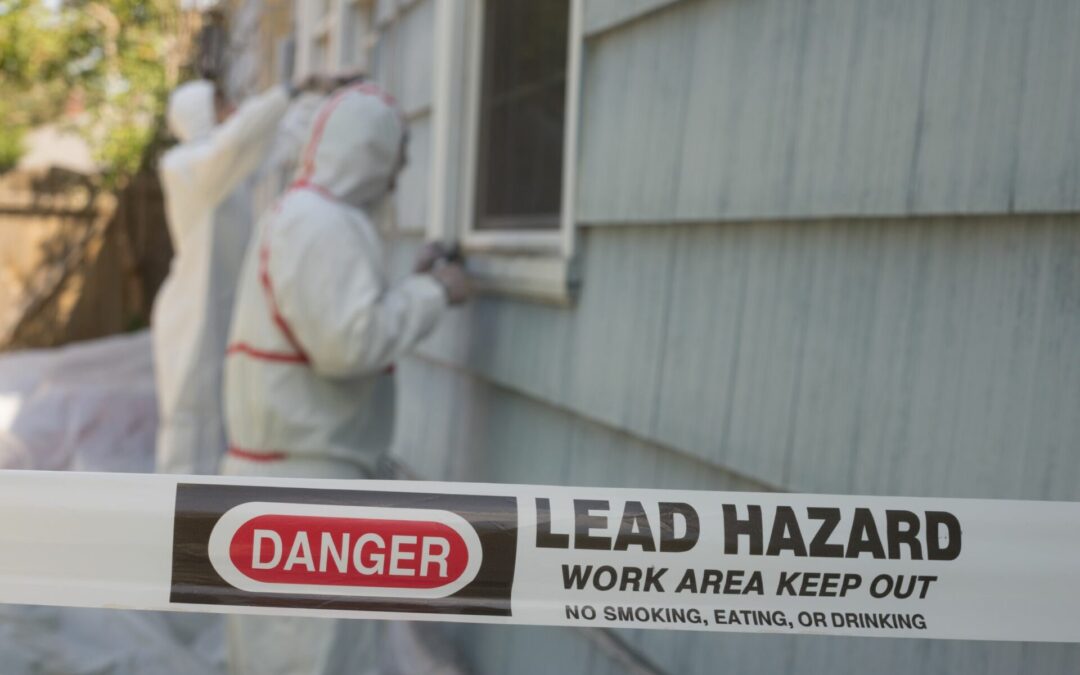Read the full article here: Lead-based paint removal: Managing exposure risks
Employers and contractors involved in lead-based paint removal must manage risks associated with lead exposure, a hazardous process regulated under Part 4.3 of the OHS Regulations. Proper controls, training, and compliance are crucial to protect workers and the community from serious health effects.
Key Points
- Hazards Identified: Lead-based paint in pre-1970s buildings can contain more than 1% lead, posing risks during sanding, buffing, or removal processes.
- Health Risks: Lead exposure may cause symptoms like headaches, nausea, and long-term effects such as kidney damage, brain damage, or even death. Pregnant workers and children are particularly vulnerable.
- Legal Duties: Employers must comply with OHS Regulations to identify, control, and monitor lead-risk work, ensuring proper safety measures are in place.
Safety Tips
- Use wet methods, such as chemical paint strippers or water-suppressed tools, to minimize dust generation.
- Build enclosures or isolate the lead removal area to protect unexposed workers.
- Provide hygiene facilities, including decontamination areas, wash stations, and safe eating areas.
- Supply workers with appropriate respiratory protection, disposable coveralls, gloves, and safety footwear.
- Arrange for medical examinations and biological monitoring before and during lead-based paint removal.
Employer Responsibilities
- Identify lead processes and notify WorkSafe before starting lead-risk work.
- Implement and review control measures using a hierarchy of controls to minimize risks.
- Ensure proper cleaning and decontamination of lead-removal areas.
- Provide training, supervision, and protective equipment to employees.
- Offer health information and conduct medical monitoring for workers involved in lead processes.
Employee Responsibilities
- Avoid eating, drinking, or smoking in lead process areas.
- Remove contaminated clothing before entering clean zones.
- Wash hands and face before eating or leaving the site.
- Use personal protective equipment and follow workplace safety procedures.
- Attend scheduled health assessments and comply with training requirements.

